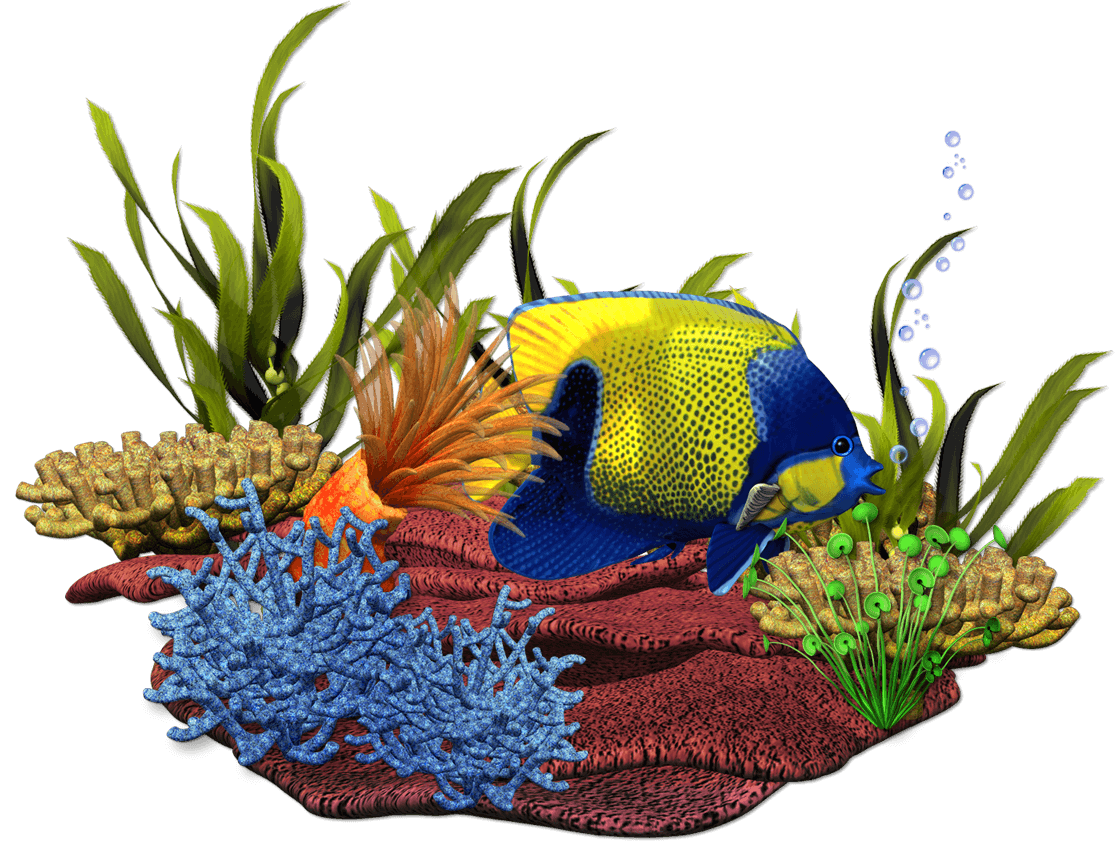OB Peacock for Sale
The OB Peacock (Aulonocara sp. “Orange Blotch”) is a striking variety of cichlid, loved by aquarists for its unique, vibrant patterns. Originally from Lake Malawi in East Africa, the OB Peacock is a product of selective breeding, recognized for its beautiful orange blotches and colorful markings. This peaceful cichlid is ideal for hobbyists who want to add visual flair to their aquarium.
Why Choose OB Peacock for Your Aquarium?
The OB Peacock is ideal for aquarists seeking a balance between beauty and temperament. While many African cichlids are known for their aggressive behavior, OB Peacocks are much more peaceful and can coexist with other species, making them perfect for community cichlid tanks.
Their signature orange blotch patterns, combined with their calmer disposition, make OB Peacocks a must-have for anyone interested in African cichlids. Whether you’re an experienced hobbyist or new to the world of cichlids, these fish offer a dynamic yet manageable presence in any aquarium.
Key Features of the OB Peacock
1. Unique Color Patterns
- The OB Peacock’s most distinctive trait is its unpredictable pattern of colors. The “OB” stands for Orange Blotch, referring to the orange patches that adorn their bodies. These can mix with shades of blue, yellow, red, and black, creating a kaleidoscope of colors. Each fish boasts its own unique combination, making every OB Peacock a living work of art.
- The base color of an OB Peacock is typically blue or blue-green, enhanced by bright splashes of orange and other contrasting hues, making them stand out in any aquarium.
2. Size and Shape
- OB Peacocks grow to a manageable size, reaching between 10 and 15 cm in length. Males tend to be larger and exhibit more vibrant colors, while females are generally smaller and less colorful.
- These fish have an elongated, streamlined body typical of the Aulonocara genus, with a long, flowing dorsal fin and a forked tail fin that adds to their elegant appearance.
Natural Habitat and Behavior
1. Origin and Natural Habitat
The OB Peacock originates from the rich waters of Lake Malawi, home to hundreds of cichlid species. Although the OB variety is the result of selective breeding and does not occur naturally in the wild, its ancestral roots stem from the rocky shores and sandy substrates of the lake, making it well-adapted to tank environments that mimic these conditions.
2. Peaceful Nature
Unlike the more aggressive Mbuna cichlids, OB Peacocks are relatively peaceful and do well in community tanks with other similarly-sized cichlids. While males can become territorial during breeding, they are less combative overall and tend to focus more on foraging and exploring their environment.
3. Sensory Foraging
One unique trait of the OB Peacock and other Aulonocara species is their ability to use specialized sensory pores on their heads to detect invertebrates hidden in the substrate. This behavior is fascinating to watch and adds to their appeal as interactive fish.
Aquarium Care for OB Peacock
1. Tank Size
- OB Peacocks require a spacious tank to thrive, with a minimum size of 150-200 liters. A larger tank not only allows them to swim freely but also reduces territorial conflicts, particularly among males.
- If kept in a community tank with other cichlids, make sure to provide enough space to reduce competition and aggression.
2. Water Conditions
- OB Peacocks thrive in alkaline water with a pH level of 7.8-8.6 and a temperature between 24-28°C. Proper water quality is crucial to their health, so invest in a good filtration system and ensure regular water changes.
- Their natural habitat is rich in oxygen, so maintaining good aeration in the tank will enhance their overall well-being.
3. Tank Décor
- To mimic their natural environment, provide plenty of rock formations, caves, and open swimming areas. OB Peacocks enjoy exploring rocky crevices and benefit from hiding spots, especially when they feel threatened.
- Using sand or fine gravel substrate will encourage their natural foraging behavior, as they sift through the substrate to search for food.
Feeding Your OB Peacock
In the wild, OB Peacocks feed primarily on small invertebrates and other microorganisms that they detect in the sand. In an aquarium setting, they thrive on a diet of:
- High-quality cichlid pellets designed for African cichlids
- Frozen foods such as bloodworms, brine shrimp, and daphnia
- Occasional servings of vegetables like zucchini or spinach help provide fiber and variety to their diet.
Feed them once or twice daily, ensuring that they consume all food within a few minutes to prevent overfeeding and poor water quality.
Breeding OB Peacock
OB Peacocks are mouthbrooders, a fascinating breeding method where the female carries the fertilized eggs in her mouth until they hatch. During mating, males will establish a breeding territory and perform vibrant displays to attract females. After fertilization, the female holds the eggs for approximately three weeks before releasing the free-swimming fry. To successfully breed OB Peacocks in captivity, provide plenty of hiding spaces and ensure ideal water conditions.
Why OB Peacock is Popular Among Aquarists
The OB Peacock Cichlid is highly sought after for its combination of vivid coloration, relatively peaceful nature, and ease of care. It’s a fantastic choice for those looking to introduce a striking focal point to their aquarium without dealing with the intense aggression often seen in other cichlids. As long as their tank is properly maintained and they are given the right diet, OB Peacocks are a rewarding and beautiful addition to any home aquarium.

FAQs

Male OB Peacocks tend to have much more vibrant colors, with bright orange blotches and blue or green hues, while females are generally duller, with less distinct patterns. Males are also slightly larger and can become territorial during breeding, especially in the presence of females.
Yes, OB Peacocks are relatively peaceful for cichlids and can be kept with other species of similar size and temperament, such as other Aulonocara species or less aggressive Mbuna cichlids. However, avoid highly aggressive or very large cichlids, as they may stress or injure the OB Peacock.
The number of OB Peacocks you can keep depends on the tank size. A 150-200 liter tank can comfortably house 3-4 OB Peacocks, provided there are enough hiding places and territories. Keep more females than males to reduce aggression, especially during breeding.
Aggression is more common among male OB Peacocks, especially during mating. To manage this, ensure you have a large enough tank with plenty of rocks and hiding spots to break up sightlines. Keeping multiple females to one male and avoiding overcrowding can also help minimize aggression.
Ideal tank mates include other relatively peaceful Malawi cichlids like Peacock cichlids, yellow labs (Labidochromis caeruleus), and less aggressive Haps. Avoid highly aggressive Mbuna species, as they may harass the OB Peacocks, and ensure tank mates have similar water and dietary needs.

